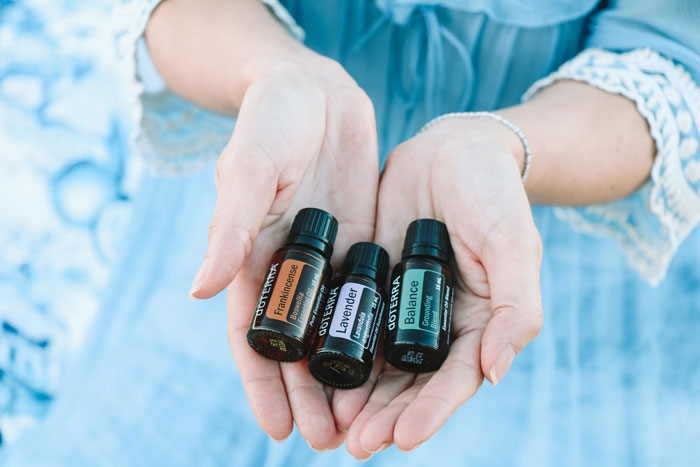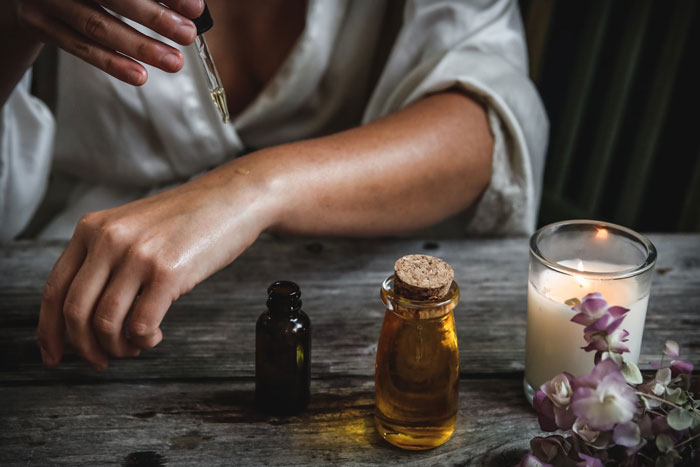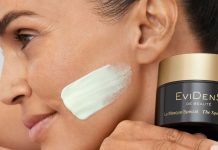It is important to choose the right aroma oils in pure form or as part of cosmetics so that they won’t turn out to be fake and will meet exactly your requirements.
What is an essential oil?
Essential oil is a consistency extracted from flowers and stems. Essential oils, for example, include cedar, clove, cumin, jasmine, and orchid oil. It is not recommended to apply them to the skin in their pure form since a burn or a severe allergic reaction are possible.
The exception to the rule is lavender and tea tree. But the essential oil can be mixed with base oil or water. Using it will no longer be dangerous then.
Basic oils (they are obtained from seeds) are avocado oil, grape seed oil, jojoba, macadamia, almond, and olive oil. Each of the oils has found its own niche: olive oil is appropriate in the kitchen, lavender is good for relaxation and before bed, and tea tree has long been known for its healing properties against problem skin.
If your goal is to choose natural oil rather than the synthetic fragrance of unknown origin, then carefully study the packaging. It should be essential oil, not fragrance oil (in other words – synthetically produced oil). Real oil is transparent, without precipitation and turbidity.
How to use aromatic oils
The very first thing that comes to mind is to light the aroma lamp. It is believed that such an item in the house has a calming effect and can even relieve headaches.

As you know, too much concentration of pure essential oil can do more harm than help. Therefore, it is advisable to calculate everything correctly and use 2 potassium oils per 5 m2 of the area of the room where the lamp will stand.
Of course, we should not forget about the bath with aromatic oils either: to obtain the desired composition, mix the essential and base oils and safely add them to the water. It is advisable to swim in this composition for 15-20 minutes.
The third popular use is inhalation. If you catch a cold, add eucalyptus, lemon, sage, lemongrass, or cedarwood oil. Dilute 1-2 drops in a saucepan of hot water, cover your head with a towel and breathe over the steam for 10 minutes.
How to store essential oils properly
In a dark place out of the reach of children. This is to put it briefly. In more detail: temperature drops and sunlight can change the composition of the bottle, spoiling its natural smell. This is why putting oil by the window or in the bathroom is a very bad idea. By the way, these rules also apply to ordinary spirits.

Ideally, the bottle should be opaque (or at least completely covered with a label) – that is, not letting light through. By the way, it is not forbidden to store oils in the refrigerator since the same temperature is constantly maintained there. However, it is logical that before use, you need to hold the oil a little at room temperature to warm it up.
Another recommendation concerns air – its penetration inside is also considered harmful (we advise the same in the case of using a cream – try to touch it with your hands as little as possible and do not open it unnecessarily).
Make sure that the lid is tightly closed. If there is an additional film or a plastic nozzle inside (in addition to the lid itself), do not throw them away – it is clear that you will have to remove them when opening, but if it is possible to put them back in place, do this: the procedure will help protect the composition from mixing with nitrogen and oxygen.











